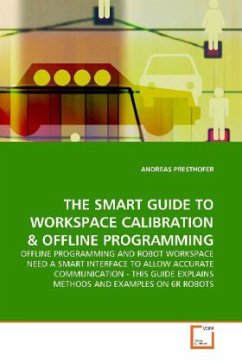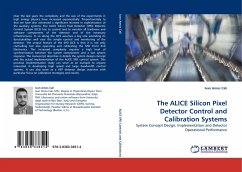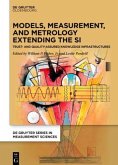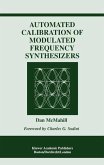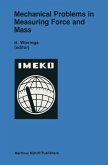Robots, our "mechanical" workforce, have been
utilized in the production environment for decades
using simple loops with a high number of repetitions.
For future more intelligent and complex robotic
functions, there is a practical need for workspace
animation. Thus, offline programming, calibration and
simulation are key in modern production planning and
robotic engineering.
This thesis focuses on theoretical and practical
robotic workspaces by demonstrating the symbiosis
between kinematics, controlling mechanisms, design
and programming within one robot assembly. This step
by step guide offers an overview of the various
fields of robot engineering and production planning
by overcoming accuracy limits experienced in the
past. The robotic freshman as well as a professional
expert can use this thesis to get a comprehensive
overview on the challenges of animated workspaces.
utilized in the production environment for decades
using simple loops with a high number of repetitions.
For future more intelligent and complex robotic
functions, there is a practical need for workspace
animation. Thus, offline programming, calibration and
simulation are key in modern production planning and
robotic engineering.
This thesis focuses on theoretical and practical
robotic workspaces by demonstrating the symbiosis
between kinematics, controlling mechanisms, design
and programming within one robot assembly. This step
by step guide offers an overview of the various
fields of robot engineering and production planning
by overcoming accuracy limits experienced in the
past. The robotic freshman as well as a professional
expert can use this thesis to get a comprehensive
overview on the challenges of animated workspaces.

